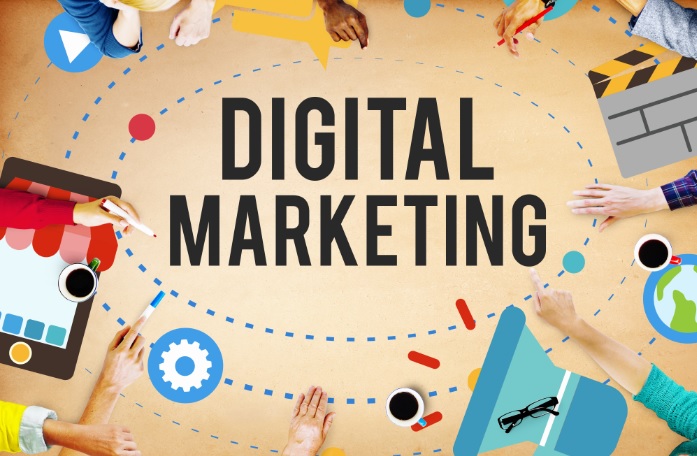The brand and identity of your company are vital to your business being successful. An…
Top 5 Digital Marketing Trends of 2018
Digital marketing trends and tactics have changed significantly in recent years. Where compelling, carefully curated content and mobile-responsive web pages might have been enough to get by a few years ago, those tactics simply won’t be enough to impress your audience today. Those elements are expected now.
Marketers today should consider implementing cutting-edge digital marketing strategies in order to capture mindshare. If you’re looking for strategies that will inspire your online business, these digital marketing trends will deliver.
- Multi-channel lead nurturing
According to a report cited in the New York Times, the average person has an attention span of fewer than ten seconds. Remarkably, a goldfish has a longer attention span than the average internet user.
Therefore, in order to gain the attention of their target audience, brands must embrace a multi-channel approach to lead nurturing. No longer is it sufficient to rely on drip email campaigns or display ads alone to encourage existing leads to take the next step in the marketing funnel.
Instead, successful marketers use a mix of channels, including email, display, and organic search to nurture existing contacts until they one day become loyal customers.
- Content personalization
Roughly one-third of marketers believe content personalization is the single most important capability to develop in the near future, according to a report cited in AdAge. Consumers have grown accustomed to content personalization; products they regularly engage with, like Netflix, Amazon, and Facebook, all rely on personalization to create fun, and even addictive experiences.
But personalization isn’t just a component of products sold, either; some of the most digital marketing-savvy organizations use personalized content to better appeal to prospects. Using tools like Optimizely or Adobe Experience Cloud, companies like Microsoft, Zendesk, and eBay all use content personalization to provide various customer personas with relevant digital experiences.
- Content hubs instead of keyword optimization
Organic search is a constantly changing landscape. What previously consisted of ten organic search results has shifted to four sponsored results and roughly eight organic results, according to recent findings.
Major search engine providers like Google have built algorithms which rank content not by keyword use, but by area of expertise. As a result, companies aiming to help marketers produce search-optimized content are now providing tools to encourage marketers to produce “topic clusters.”
Content marketers need to shift their mindset away from creating content optimized around a specific keyword to content that is contextually related to a particular area of knowledge.
- Live chat and Chatbots
Prospects and customers find live chat experiences to be satisfying. A report conducted by Zendesk found that 92 percent of customers were satisfied after using the channel to communicate with businesses.
Live chat tools like Intercom or LivePerson can be used to encourage website visitors to begin a meaningful conversation with a sales representative. For businesses who aren’t able to provide 24/7 live chat support, tools like Drift make it possible to use a chatbot to communicate with website visitors during off-hours.
But chatbots aren’t just a tool to be used on your website; Facebook Messenger and Whatsapp — among other messaging apps — already support some chatbot plugins. Brands can use a chatbot builder to communicate with prospects, even if they don’t visit your website.
- Account-based marketing
Findings reported by Salesforce show that 85 percent of marketers who use account-based marketing strategies report higher ROI than those who do not. The traditional digital marketing approach is based on generating inbound demand. Of the leads generated through various channels, salespeople are distributed to the most qualified and interested leads.
Account-based marketing on the other hand, aims to generate engagement from accounts marketing and sales leaders have targeted. This means that rather than creating inbound demand, marketers are reaching out to members of target accounts with the goal of creating meaningful engagement. Once accounts are engaged, they are passed to salespeople.
By flipping the marketing funnel, salespeople and marketers are better aligned in their vision of what a qualified lead looks like. This helps to improve funnel performance and makes it more likely that marketing campaigns will be ROI positive.
Conclusion
The digital marketing trends discussed in this article will help marketers from all industries build more effective marketing campaigns in the new year. Whether you are promoting photography classes for small business owners or trying to launch an ICO to fund your startup, the cutting-edge digital marketing outlined here can make a significant impact on your business.
What digital marketing trends are you most excited about in 2018? Leave a comment below to let us know!




